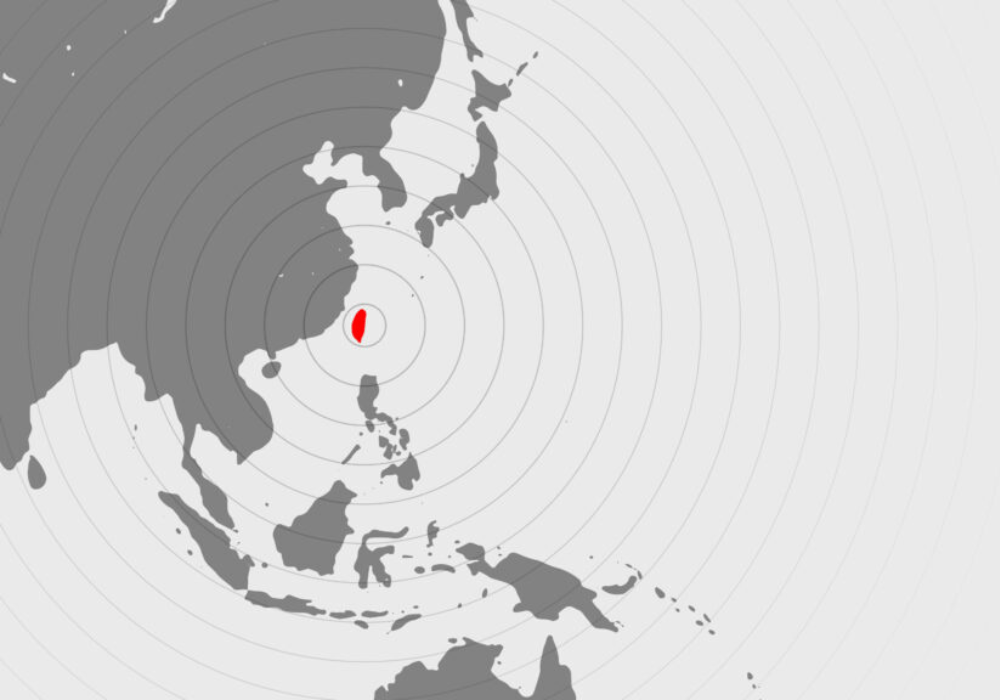
On April 3, 2024, Taiwan was hit with the strongest earthquake it has experienced in the past 25 years. It toppled buildings, especially in the city of Hualien, and led to many aftershocks, landslides, nine deaths, and over 1,000 injured.
The power of this quake was due to the fact that it occurred at only around 22 miles beneath earth’s surface, with a quake occurring further down producing less effects. The location of the quake was about 11 miles south of Hualien City on the east coast.
The occurrence of this earthquake was no surprise to scientists, as Taiwan is situated above two tectonic plates. One of the plates, the Philippine Sea plate, frequently slides under the other, the Eurasian plate, and this results in a regular occurrence of earthquakes in this region of the world. This latest quake likely ended up producing a 25-31-mile long fissure in the Earth, a testament to the strength and magnitude of the event.
In Taiwan, earthquakes of this magnitude often also produce landslides and ground instability, which compromises the integrity of buildings and roadways. However, due to the amplified seismic activity of the area, Taiwan has made an effort in the past twenty years to adequately prepare for future quakes. The country has invested in infrastructure built to withstand strong tremors, as well as early warning systems to alert residents immediately of impending danger from an earthquake.
By Sarah Ortega
